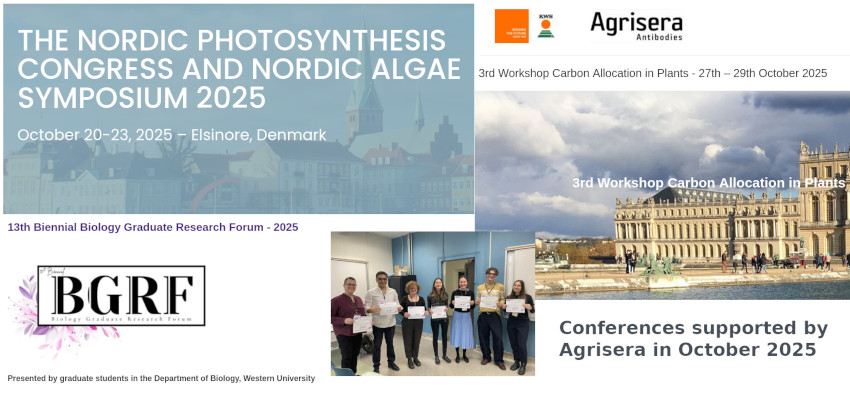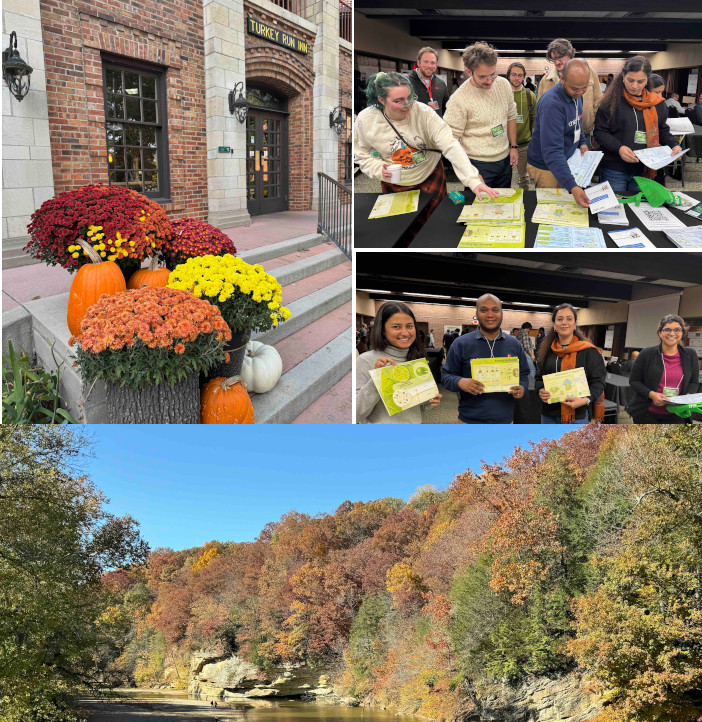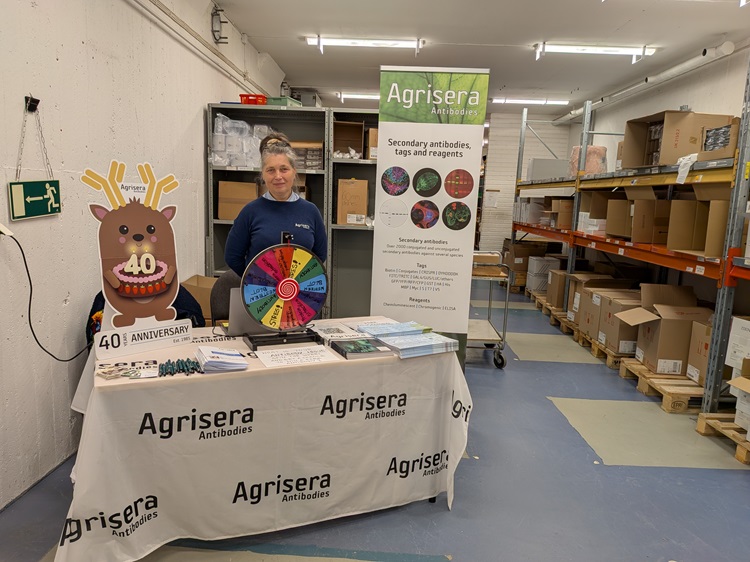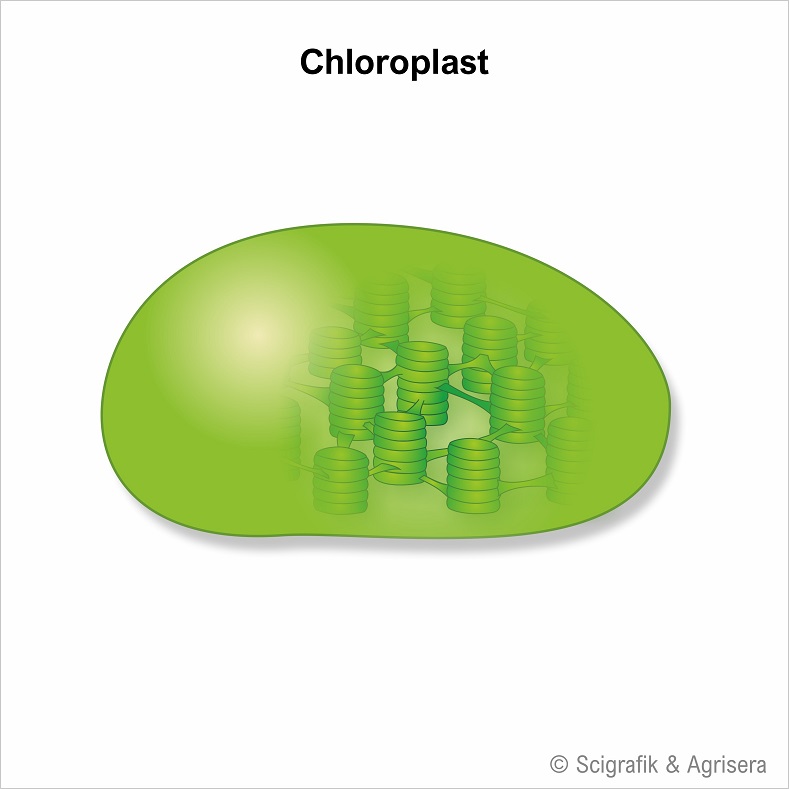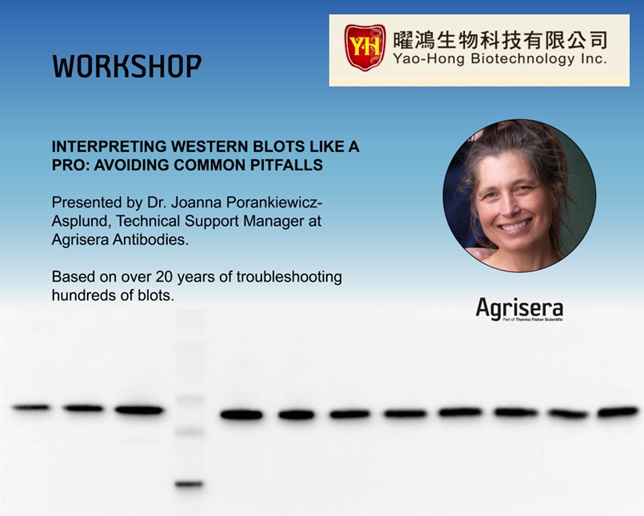Agrisera Webinar series focused on Western blot technique, hosted by Agrisera distributor in Switzerland, Lucerna-Chem
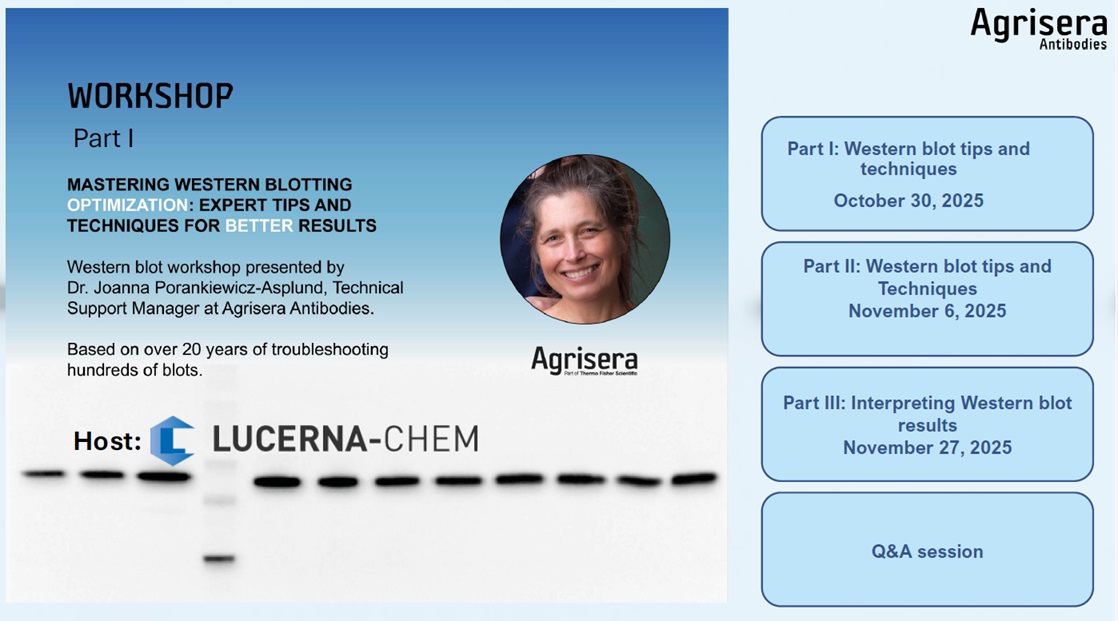
Together with Agrisera distributor in Switzerland, Lucerna-Chem Agrisera Technical Support Manager, conducted a first webinar in a series of three events, focused on Western blot technique and its optimization. Coming soon are Part II and Part III:
Part II Mastering Western Blotting Optimization: Expert Tips and Techniques for Better Results November 6, 2025 – 10:30 CET ~60 min + Q&A. Following topics are going to be covered: Blocking, antibody incubation, detection steps 4
Part III Interpreting Western Blots Like a Pro: Avoiding Common Pitfalls November 27, 2025 – 10:30 CET ~60 min + Q&A
Following topics will be covered: Band interpretation, antibody validation, troubleshooting unexpected results
Welcome to register and participate!
Registration link can be found here.
Recording of Part I can be accessed here.

